
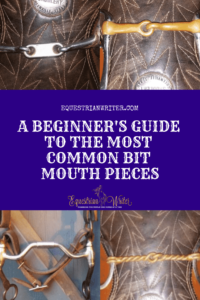
Today will kick of a new series on western bits. We will start by discussing the basic types of mouth pieces.
Mullen mouth
These bits are very mild. They have no breaks in the mouth. This is good for a horse with a low palate as these horses often don’t do well with a mouth piece that moves too much and pokes them in the palate. The disadvantage is that it can have a more unrefined signal to the horse and it has no independent sides as it is stiff and clumsy in the mouth as it is just a solid bar through the horse’s mouth.
Single Joint

This is a common and rather mild mouthpiece that provides some independent action on either side. Most horses with low palates are easily irritated by this mouthpiece. The mouthpiece breaks at the single joint, creating the legendary “nutcracker” effect. Some horses without low pallets do not like this mouth piece as it can also pinch the horse’s tongue and jaw.
Myler/Billy Allen
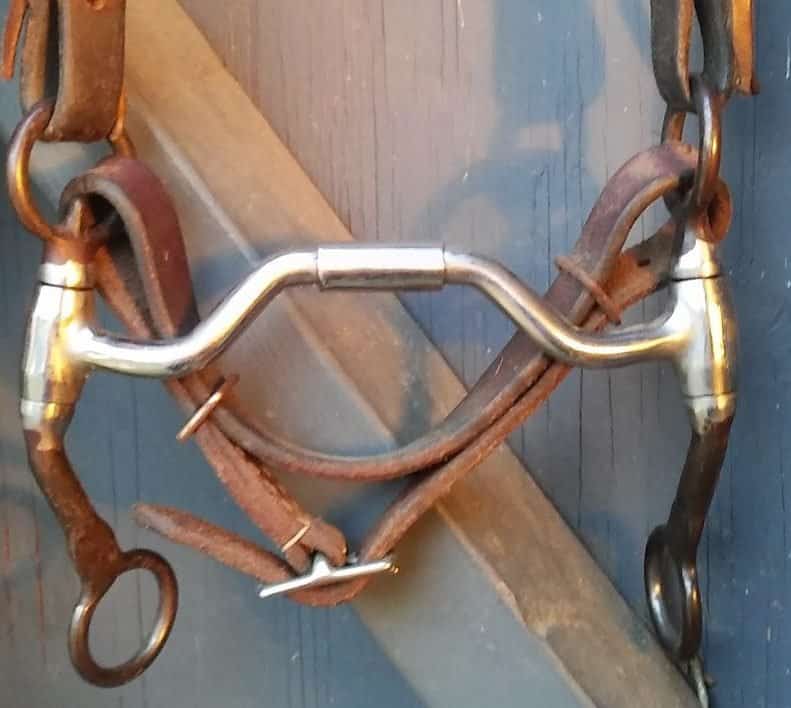
This is another mild mouthpiece. It is a barrel covering a single joint. The barrel serves two purposes: it curves the mouth piece without allowing the bit to collapse inwards in a nutcracker motion, but it still allows independent side action. In the case of the bit in the photo, the mylar barrel is incorporated into a low port leverage bit, but it can also be incorporated into a straight snaffle as well.
French Link
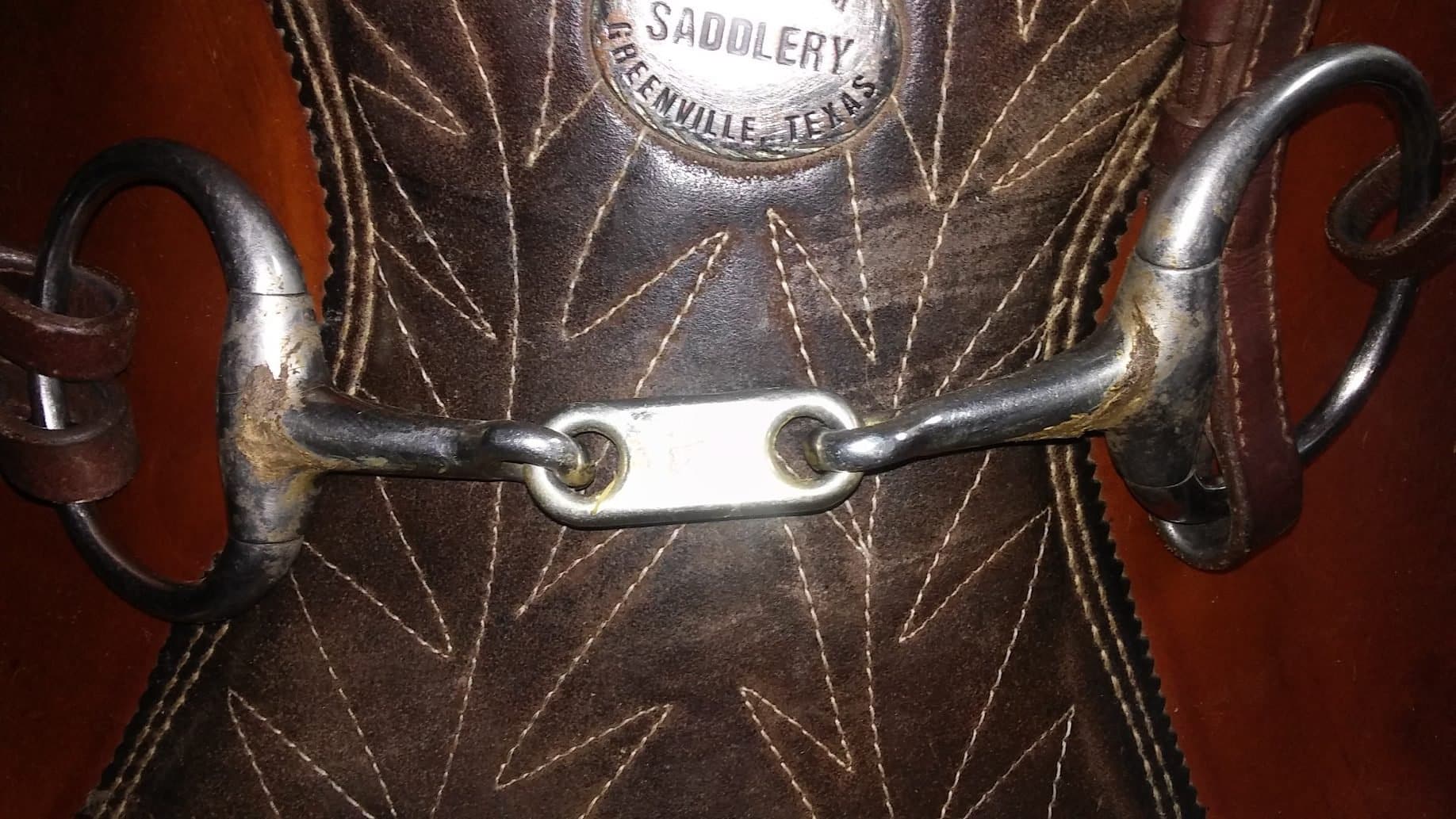
Is perhaps the mildest of the snaffle bits on this list. It has two joints. Having two joints helps eliminate the nutcracker action on the tongue and jaw. This makes it more appealing for horses with low pallets and sensitive tongues. This is my go-to bit for all horses as it is very gentle and good for most mouth shapes.
Twisted wire
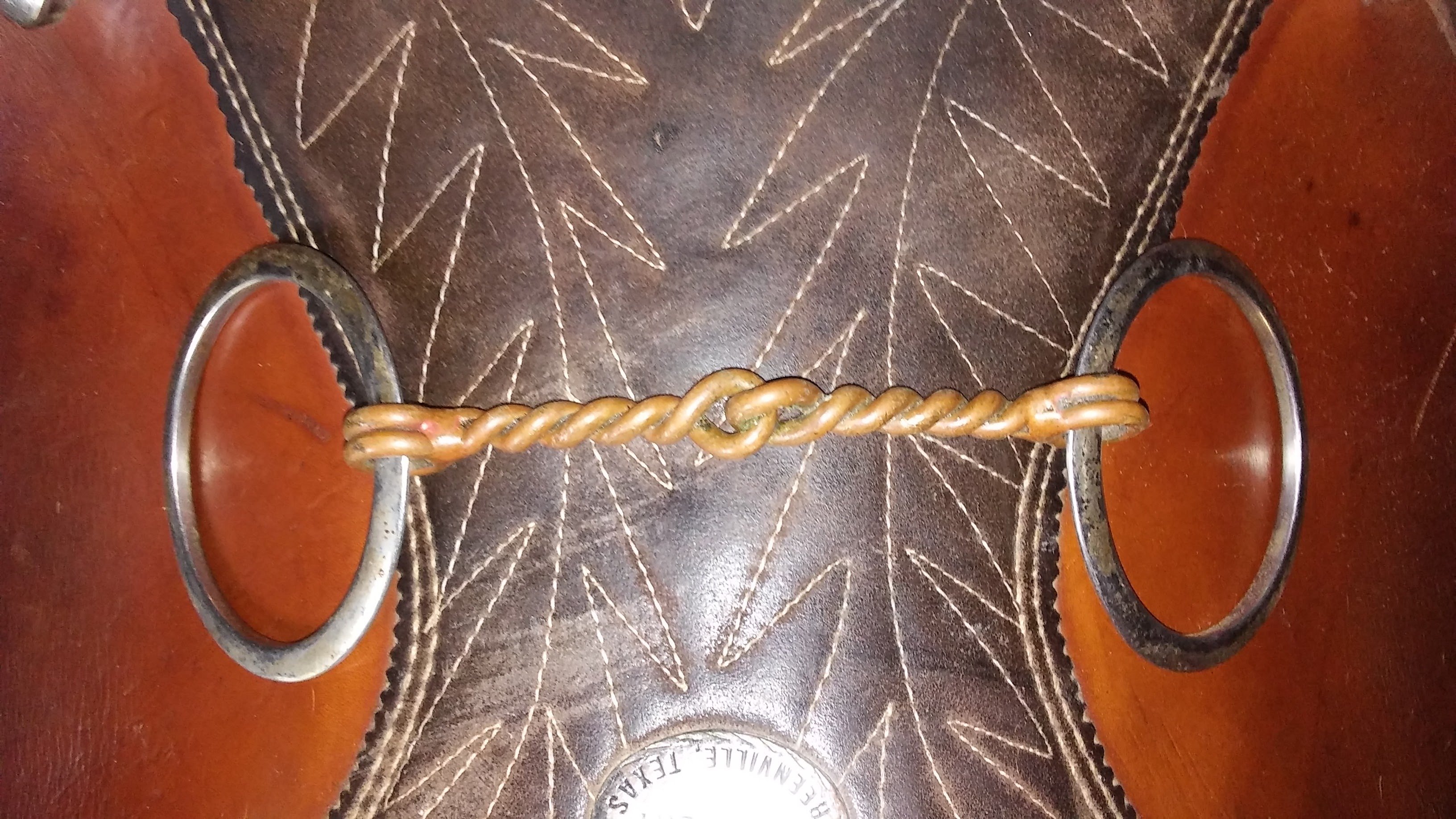
This can be a single joint or French link. It is a harsher mouth piece meant to get the horse’s attention. It should only be used by riders with light hands who know what they are doing as the twisted wire has much more bite to it. This mouth piece should only be used for short periods of time to correct specific problems. It is not a bit that should be used long term.
There are some twisted wire bits with a double mouth piece. This is overkill. If you feel the need to use a bit this harsh, you need better training, not a bigger bit.
Port
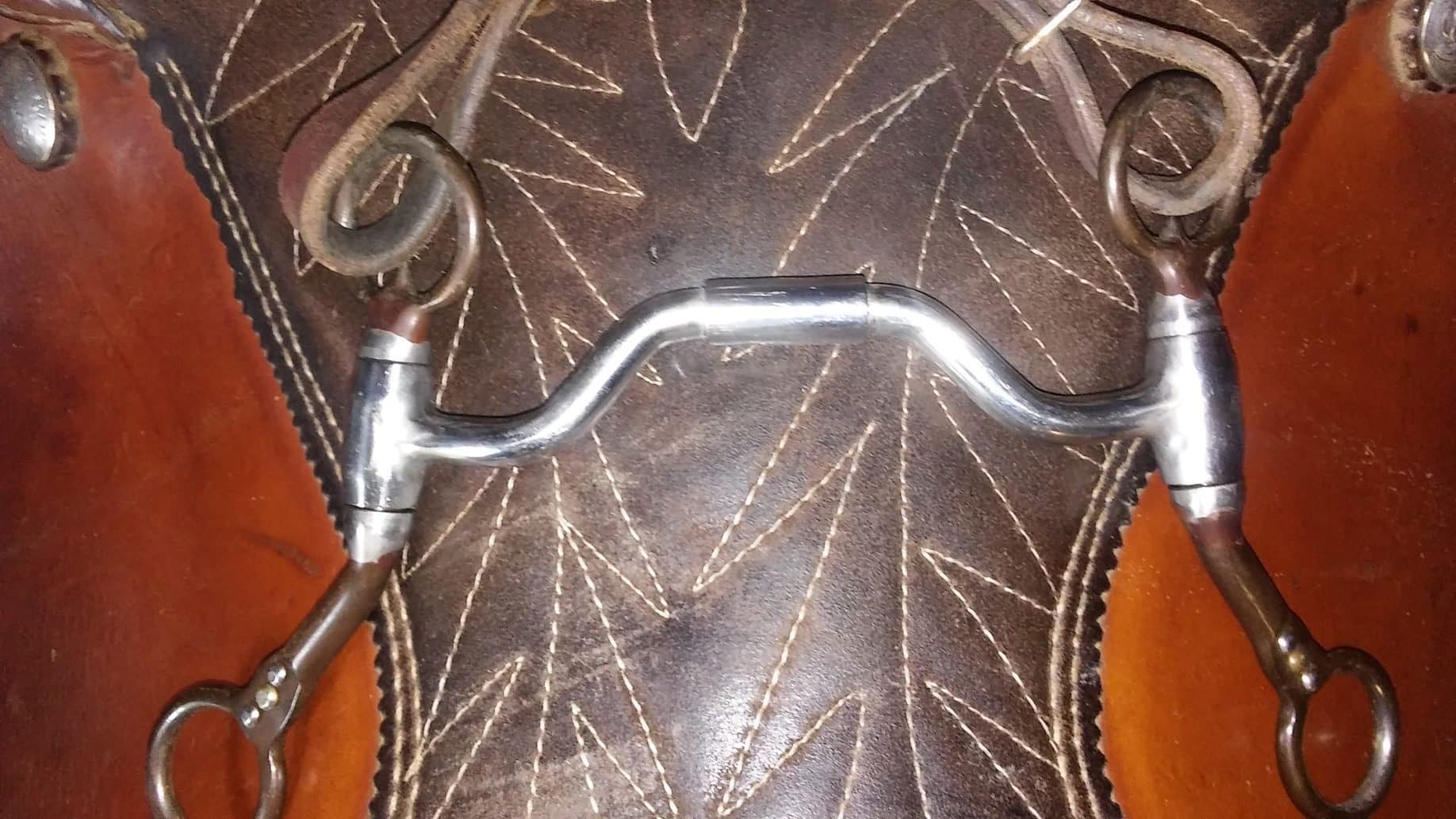
Ports are easily the most misunderstood mouth pieces. They are often accused of being harsh and cruel, but in experienced hands, they are often softer and more comfortable than a single joint or even a french link. Ports give extra clearance for the horse’s tongue and prevent the nutcracker action of a single joint. We will go more in depth into different kinds of ports later, but, for now, they are a soft bit but only for trained horses and experienced riders.
Chain
If you feel the need to use a chain mouth piece there are gaping holes in your horse’s training and you need to do more ground work before getting back in the saddle. There is no good reason for using one of these bits.
Other Bits
There are some other specialty mouth pieces out there that I have not covered. But most of them are fancy gimmicks that aren’t worth much. These are the core mouth pieces you should know. We will go more in-depth on port bits (including spade bits) later as well as bit alternatives such as hackamores and bosals.
Next up:






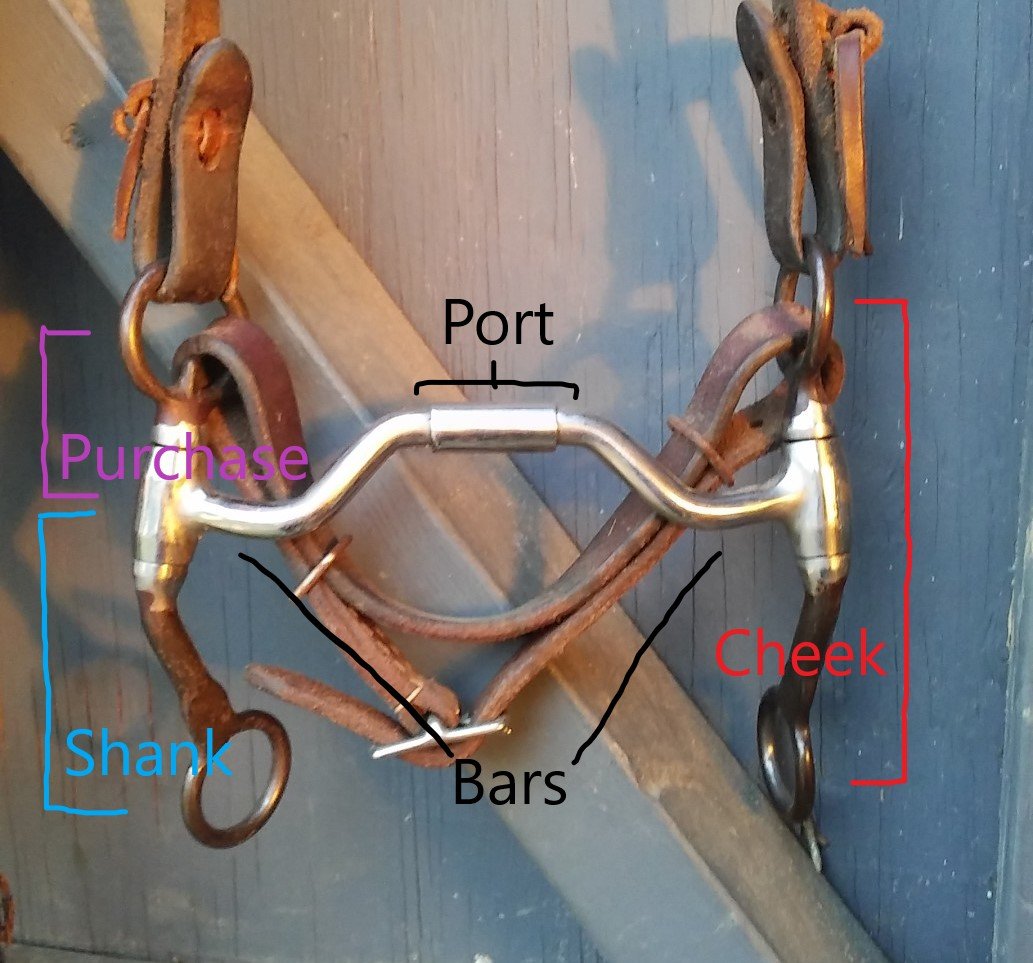
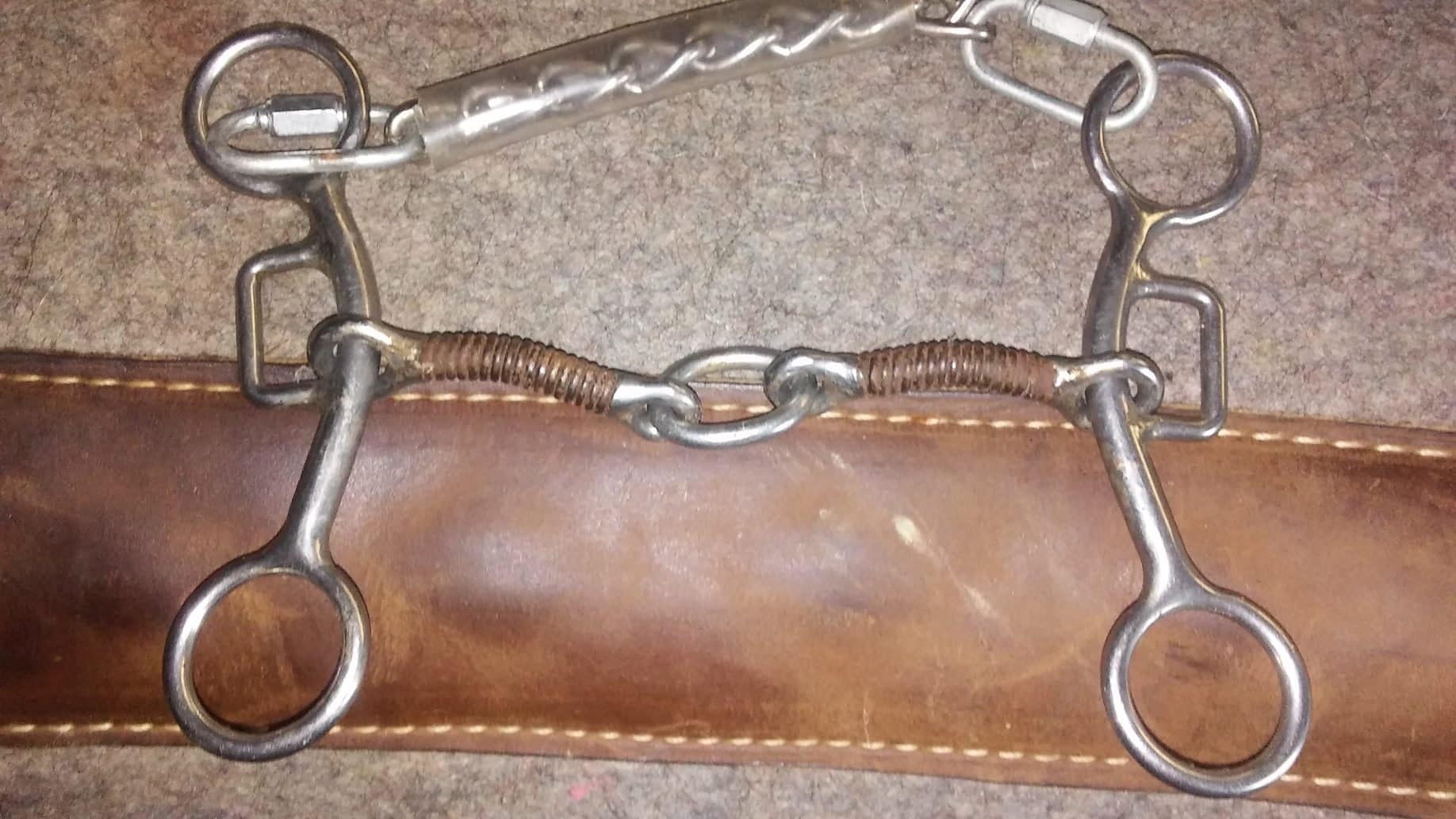
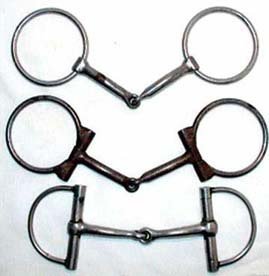
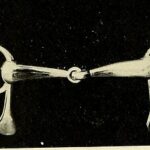
You take care of your horse before you.